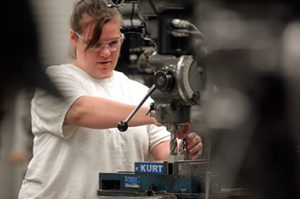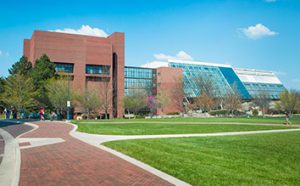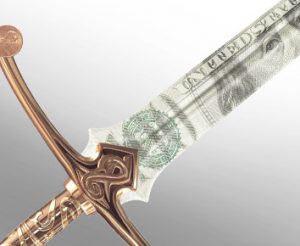
U.S. adds 223,000 jobs as jobless rate slips to 5.3 percent
The rate fell mostly because many people out of work gave up on their job searches and were no longer counted as unemployed. Average hourly pay was flat.

The rate fell mostly because many people out of work gave up on their job searches and were no longer counted as unemployed. Average hourly pay was flat.
The trend indicates that employers are confident enough in future consumer demand to retain their staffs. The number of people receiving benefits fell 50,000 to 2.22 million.
U.S. economic growth in the second quarter is predicted to be far weaker than previously expected and it will prevent the pace of annual growth from exceeding last year's 2.4 percent, according to a forecast by a group of U.S. business economists.
The government’s revised estimate for last quarter, released Friday, was weaker than its initial estimate of 0.2-percent growth. The U.S. trade gap was found to be wider than first estimated. And consumer spending was slower than previously thought.
The state’s unemployment rate fell from 5.8 percent in March to 5.4 percent in April, the Indiana Department of Workforce Development announced Wednesday.
U.S. consumer prices were up slightly in April, but overall gains were held back by another decline in energy costs that offset the biggest one-month jump in medical care in eight years.
The retail sales report also raises the possibility that nasty winter weather can't entirely explain the recent lackluster consumer spending in prior months, since the anticipated spring rebound has not materialized.

Years after the Great Recession battered construction, and consequently the architecture profession, the state’s largest architecture program survived by pitching itself as a top-flight school.
The Federal Reserve said Wednesday that industrial production—which includes factories, utilities and mines—slid 0.6 percent in March, the biggest drop since a 1.1-percent drop in May 2009.
Last month's subpar hiring could make the Federal Reserve less likely to start raising interest rates from record lows in June, as some have been anticipating. The Fed might now decide that the economy still needs the benefit of low borrowing costs.
Employers added only 126,000 jobs, the fewest since December 2013 and snapping a streak of 12 straight months of gains above 200,000. Wage growth remained modest.
Consumer spending edged up a tiny 0.1 percent following declines of 0.2 percent in both January and December, the Commerce Department reported Monday.
The U.S. unemployment rate fell to 5.5 percent from 5.7 percent, the government said Friday. But the rate declined mainly because some people out of work stopped looking for jobs and were no longer counted as unemployed.

Hoosier businesses and consumers face a dynamic not seen in a generation—a dollar significantly more muscular than many competing currencies. Experts predict the dollar’s clout and the pros and cons of that power will endure for a year and possibly as long as three.
Orders to U.S. factories for long-lasting manufactured goods bounced back in January, rising by the largest amount in six months, although much of the strength came from a big jump in airplane orders.
U.S. retail sales fell sharply last month as gas prices plummeted and auto sales slowed. But excluding those volatile categories, Americans stepped up their spending a bit.
The Labor Department said Friday that the economy added 257,000 jobs in January, previous months were revised up, wages rose by the most in six years, and more Americans entered the job market.
Orders to U.S. factories dropped for a fifth consecutive month in December, while a key category that signals business investment plans fell for a fourth straight month.
Personal income rose 0.3 percent in December, aided by the steady wave of hiring over the past year. But rather than spend those gains, consumers saved more of their disposable income.
An uptick in the employment cost index during 2014 could be a sign strong job gains are forcing companies to pay a bit more for workers.